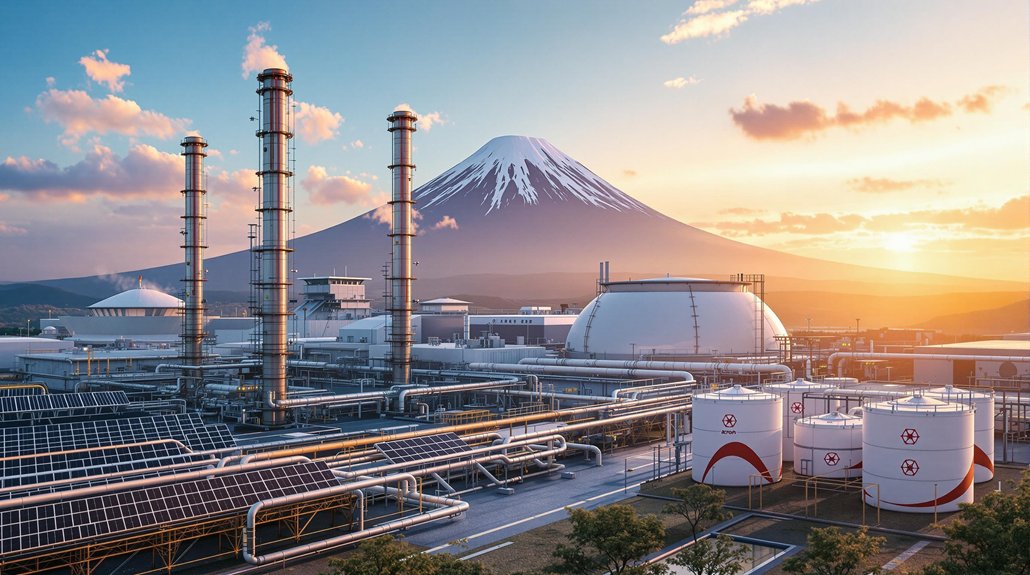France’s hydrogen market is set to grow from $700 million to over $1.2 billion by 2030. The government has committed €4 billion in subsidies and aims to produce 1.1 million tons of carbon-free hydrogen yearly. With 150+ projects underway and plans to expand production capacity to 4.5 GW by 2030, hydrogen is challenging oil’s dominance, especially in transportation. This emerging sector creates jobs while promising stable energy prices for various industries.
As France pushes forward with its ambitious hydrogen strategy, the oil industry faces a growing challenge to its dominance. The country’s hydrogen market is set to grow from $700.8 million in 2022 to over $1.2 billion by 2030, creating a major shift in energy production and consumption patterns.
The French government has thrown significant support behind this emerging sector. Since launching its national hydrogen strategy in 2020, more than 150 hydrogen projects have received backing. A €4 billion subsidy package dedicated to low-carbon hydrogen producers shows France’s commitment to this technology.
France’s targets are bold. The country aims to produce 1.1 million tons of carbon-free hydrogen yearly by 2030. Current electrolysis capacity stands at 35 MW, but this will grow substantially with 315 MW across various stages of development. The revised strategy now targets 4.5 GW production capacity by 2030 and 8 GW by 2035.
Hydrogen presents a viable alternative to oil in sectors that have traditionally relied on fossil fuels. As hydrogen adoption grows in transportation and heavy industry, oil’s market share will likely shrink. The transportation sector dominates the market, accounting for 73.28% of revenue in 2023. The expansion of hydrogen refueling stations across major French cities further reduces dependence on oil-based infrastructure.
The economic impact is expected to be significant. Gigafactories for hydrogen equipment are opening, creating new jobs and fostering regional development. Ammonia production was identified as the largest hydrogen-consuming application in 2022, but usage is expanding to other industries. Like geothermal energy, hydrogen offers stable energy prices that aren’t vulnerable to global market fluctuations. Oil refining is positioned to experience the fastest growth rate among hydrogen applications through 2030, highlighting the energy transition within traditional petroleum sectors.
Technological advances are accelerating hydrogen’s market entry. Investments in electrolysis and other clean production methods are making hydrogen more competitive. The deployment of hydrogen vehicles demonstrates practical applications of this technology.
With strong government backing, growing infrastructure, and increasing market demand, France’s hydrogen sector represents a credible challenge to oil’s long-standing dominance. As the technology matures and costs decrease, hydrogen’s role in France’s energy mix will only strengthen.
References
- https://www.grandviewresearch.com/horizon/outlook/hydrogen-market/france
- https://www.grandviewresearch.com/horizon/outlook/green-hydrogen-market/france
- https://www.statista.com/statistics/1357099/forecast-regional-hydrogen-production-volume-france/
- https://www.enerdata.net/publications/daily-energy-news/france-lowers-hydrogen-production-targets-45-gw-2030.html
- https://www.france-hydrogene.org/en/publication-of-france-hydrogenes-annual-review-on-hydrogen-deployment-in-france-for-2024/








